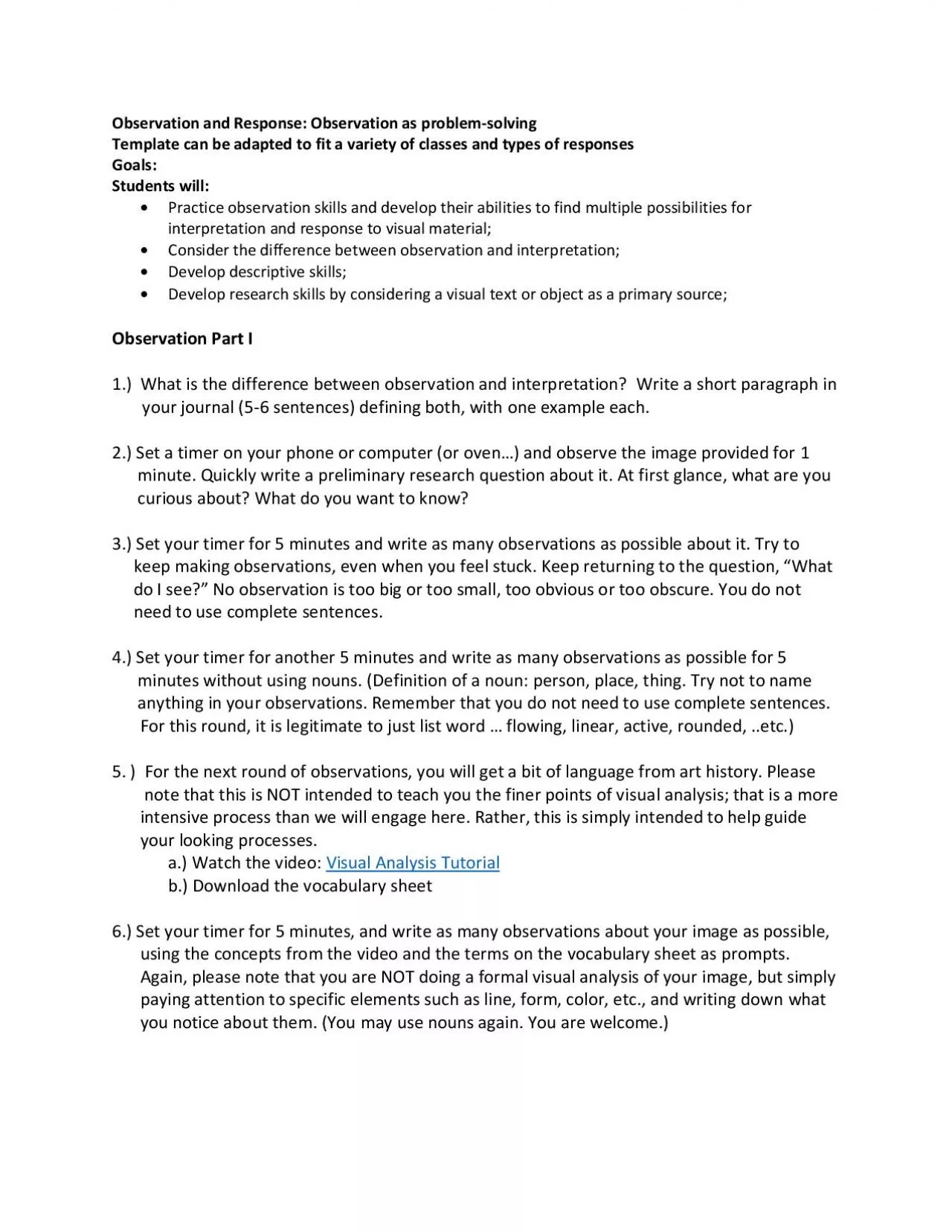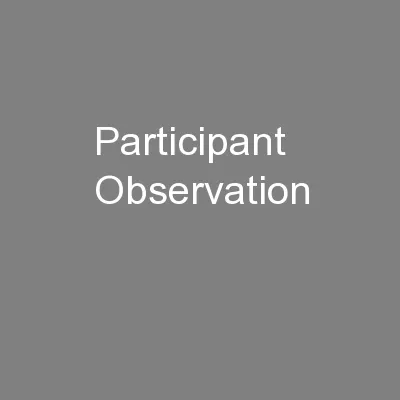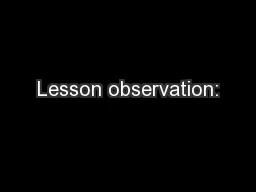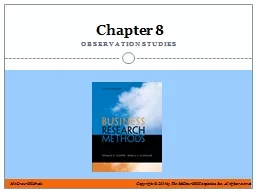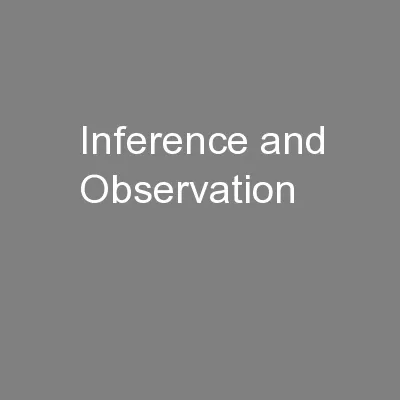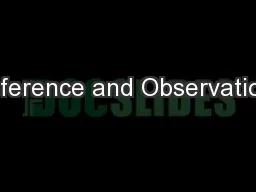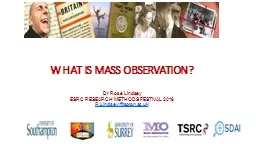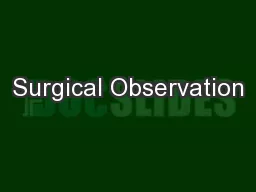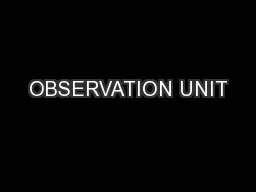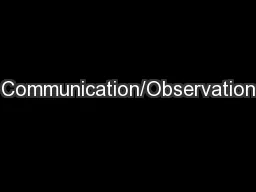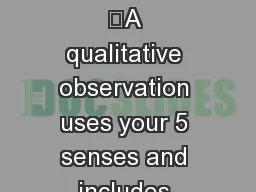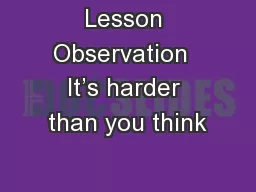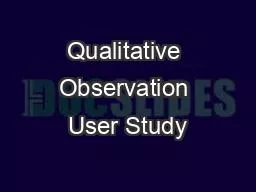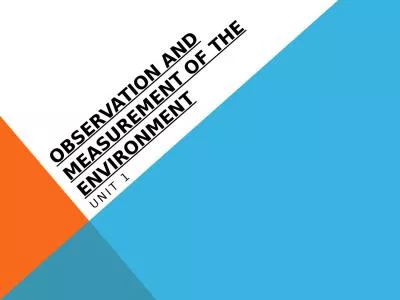PDF-Observation and Response
Author : ceila | Published Date : 2021-09-25
Observation as problemsolvingTemplate can be adapted to fit a variety of classes and types of responsesGoals Students willPractice observationskillsanddevelop their
Presentation Embed Code
Download Presentation
Download Presentation The PPT/PDF document "Observation and Response" is the property of its rightful owner. Permission is granted to download and print the materials on this website for personal, non-commercial use only, and to display it on your personal computer provided you do not modify the materials and that you retain all copyright notices contained in the materials. By downloading content from our website, you accept the terms of this agreement.
Observation and Response: Transcript
Download Rules Of Document
"Observation and Response"The content belongs to its owner. You may download and print it for personal use, without modification, and keep all copyright notices. By downloading, you agree to these terms.
Related Documents

